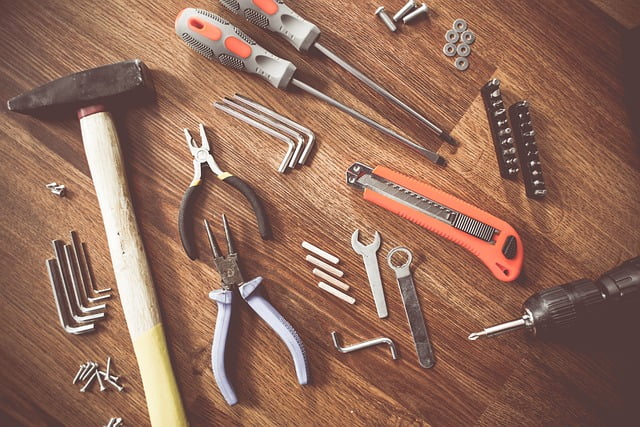
Our today’s toolbox talk topic is hand tools safety. we will explain definition of hand tools, hazards & precautions of hand tools.
Understand Hand Tools
Hand tools are manually powered tools that include a wide range of implements, from axes to wrenches. However, the improper use and maintenance of these tools can result in serious injuries. Therefore, it is essential to understand the hazards posed by hand tools and take the necessary precautions to minimize the risks.
Hazards of Hand Tools
The greatest hazards posed by hand tools result from misuse and improper maintenance.
The following are some of the hazards posed by hand tools:
- Misuse: Using a tool for a purpose for which it is not intended can lead to accidents and injuries. For instance, using a screwdriver as a chisel can cause the tip to break and fly off, hitting the user or someone else.
- Blunt edges: Blunt-edged tools require more force to use, which can increase the risk of slips and accidents.
- Loose handles: If the wooden handle on a tool, such as a hammer or axe, is loose, splintered, or cracked, the head of the tool may fly off and strike the user or others.
- Sprung jaws: If the jaws of a wrench are sprung, the wrench might slip, potentially causing injury.
- Mushroomed heads: Impact tools, such as chisels, wedges, or drift pins, may have mushroomed heads that can shatter on impact and send sharp fragments flying towards the user or others nearby.
- Sparks: Iron or steel hand tools may produce sparks that can be an ignition source, posing a significant hazard if you are working in an environment with flammable materials.

Precautions for Hand Tools Safety
To minimize the risks posed by hand tools, take the following precautions:
- Choose the correct tool for the job: Always use the right tool for the task at hand. Never use a makeshift tool or one that has been modified.
- Proper maintenance: Inspect your tools regularly for signs of wear or damage. Replace damaged or worn parts as necessary, and store your tools properly to protect them from the elements.
- Use eye protection: Always wear eye protection when using striking tools.
- Non-sparking tools: When working around flammable materials, use non-sparking hand tools, such as those made of brass or aluminum.
- Keep tools sharp: Keep your tools sharp and well-maintained. Use the appropriate sharpening techniques and equipment for each tool.
- Store sharp tools safely: Always keep unsheathed knives and other sharp tools in a safe place, not in your pocket.
- Never use a file without a handle: File shanks can be dangerous if used without a handle, as they can cause injuries to your hand.
The Golden Rule
Always use the correct tool for the job. This is one of the most critical precautions you can take when working with hand tools. Using the wrong tool can damage the tool and lead to injuries. Familiarize yourself with the proper use of each tool and avoid using makeshift tools or tools that have been modified.
Conclusion : Toolbox Talk – Hand Tools Safety
In conclusion, hand tools are essential for many tasks, but it is crucial to be aware of the hazards they pose and take the necessary precautions to prevent accidents and injuries. By following these safety guidelines, you can minimize the risks and ensure a safer work environment.

Please send or post _black out for working time
I am curious to find out what blog platform you are utilizing? I’m experiencing some minor security problems with my latest blog and I would like to find something more safe. Do you have any recommendations?
I attached to this website